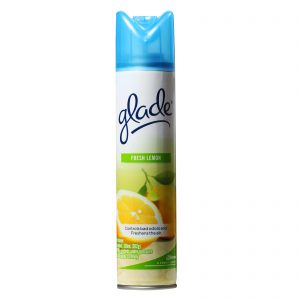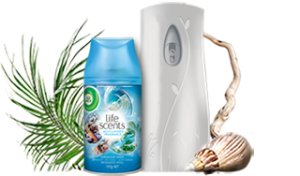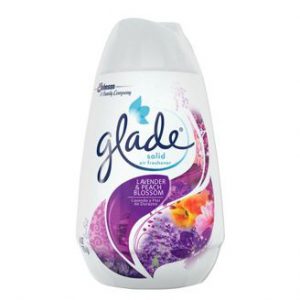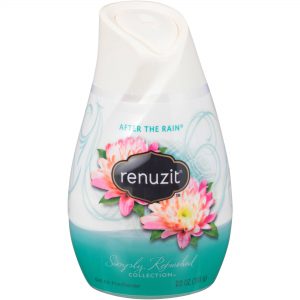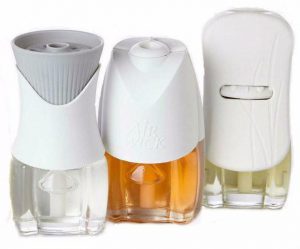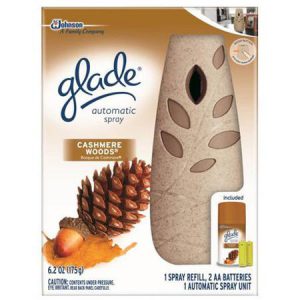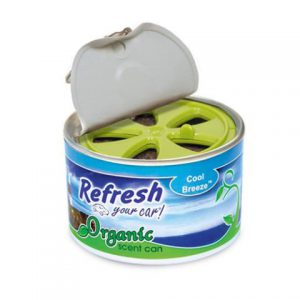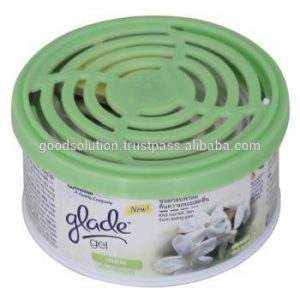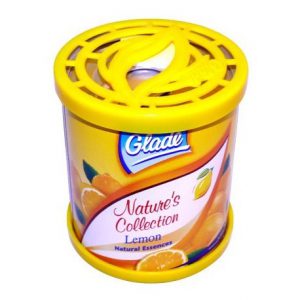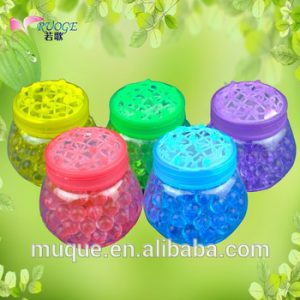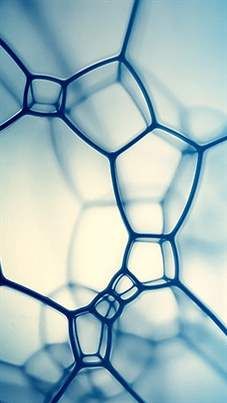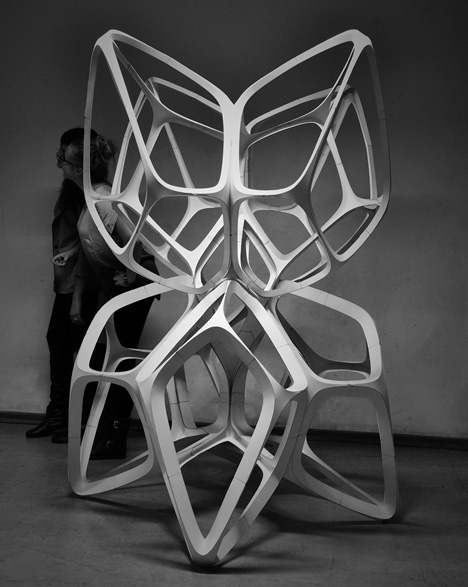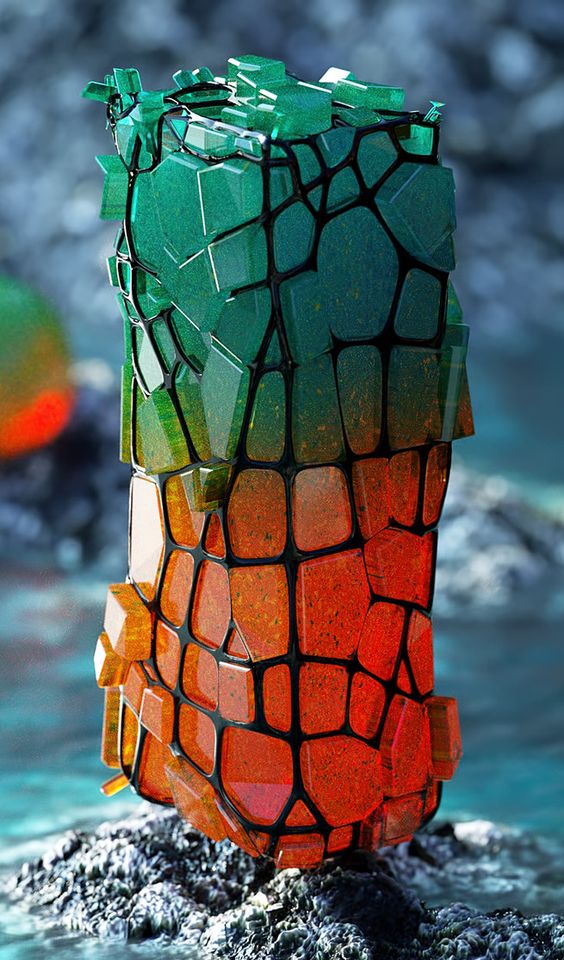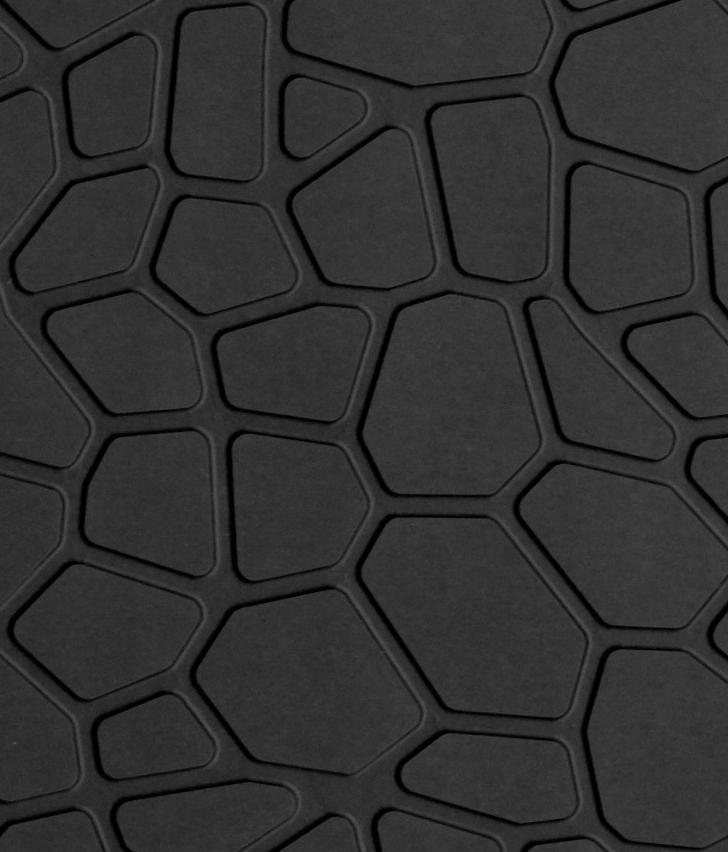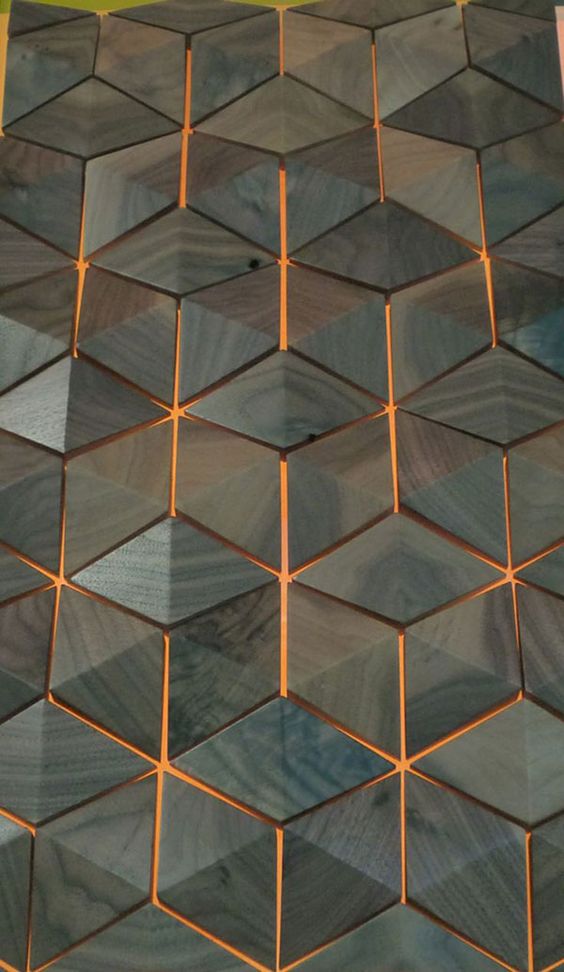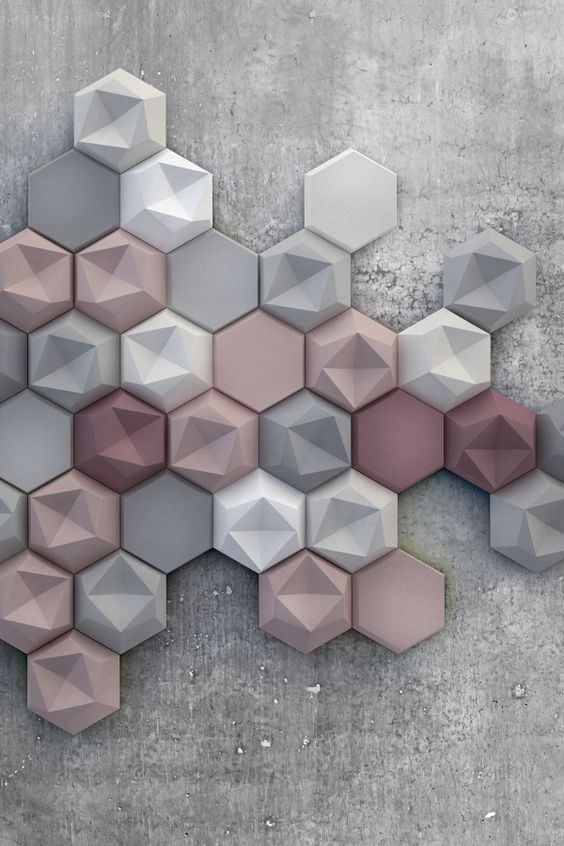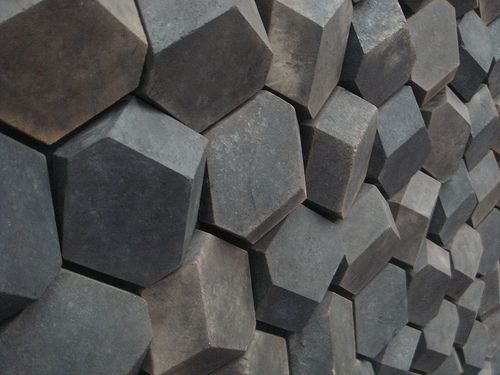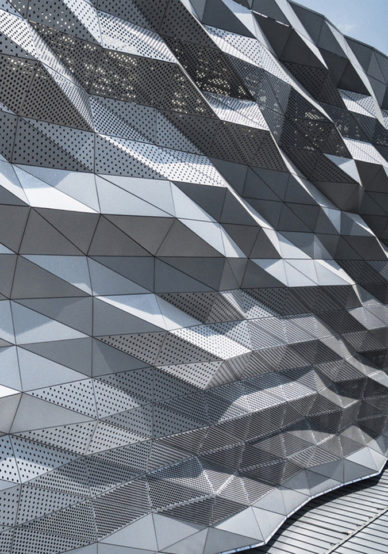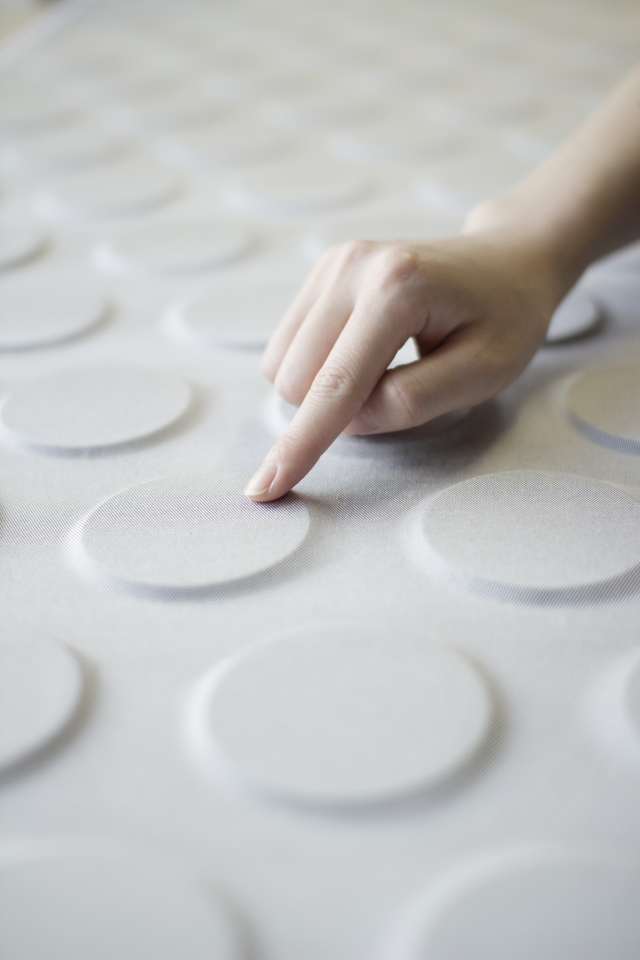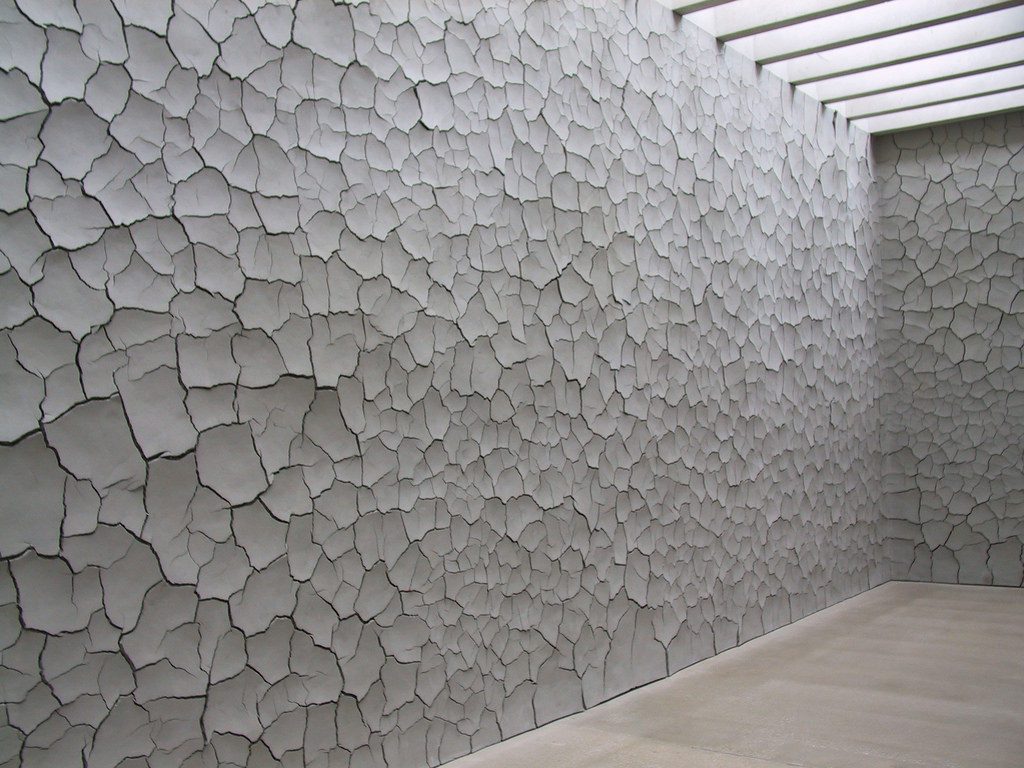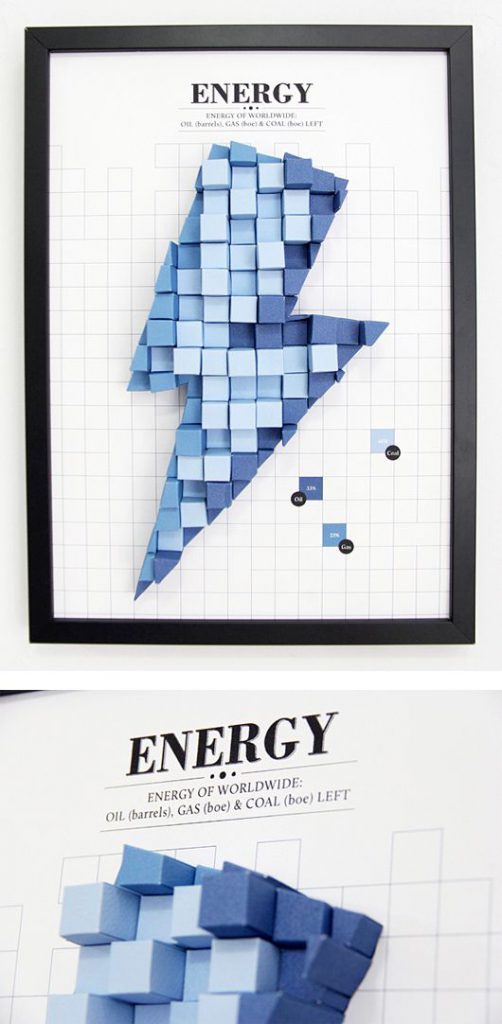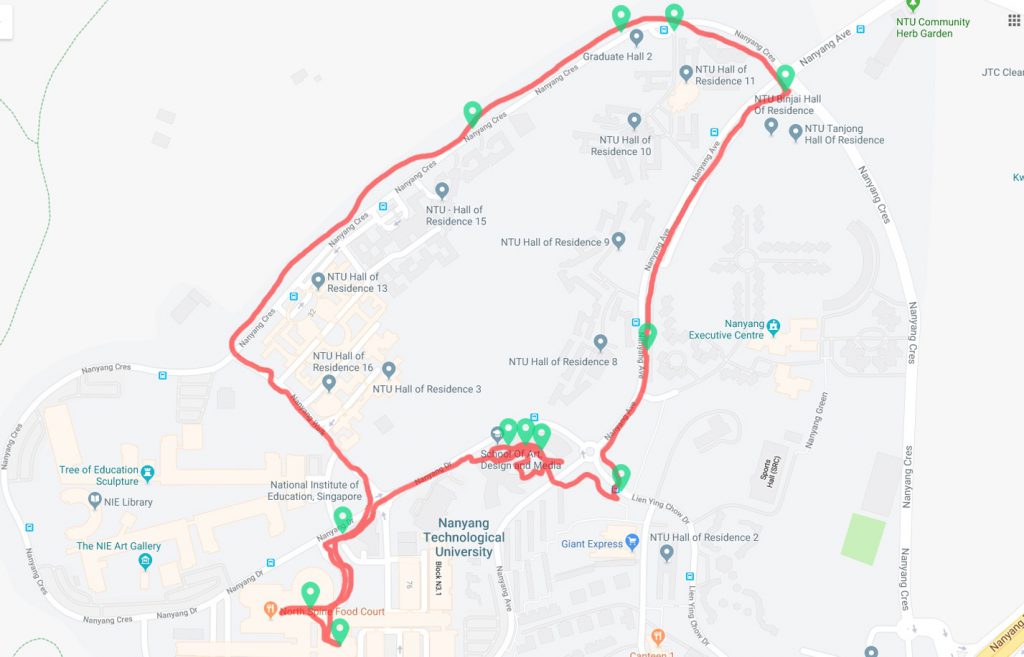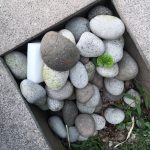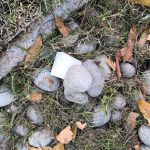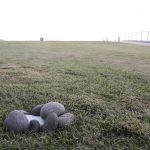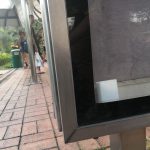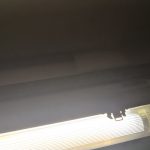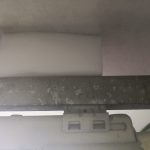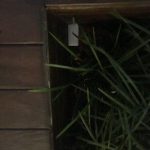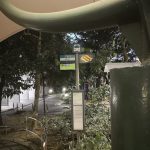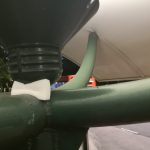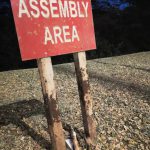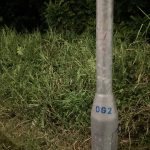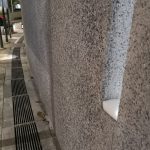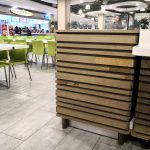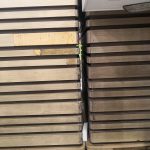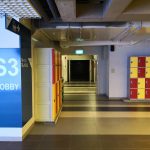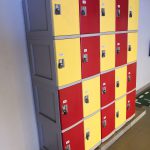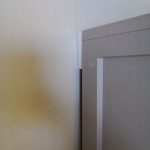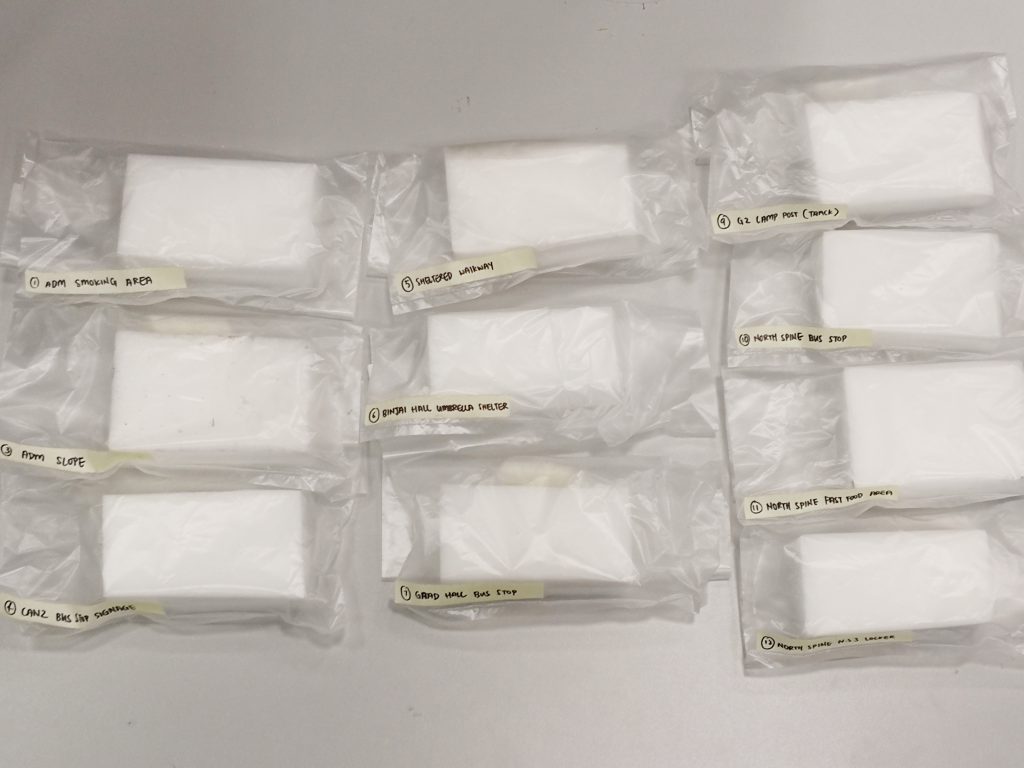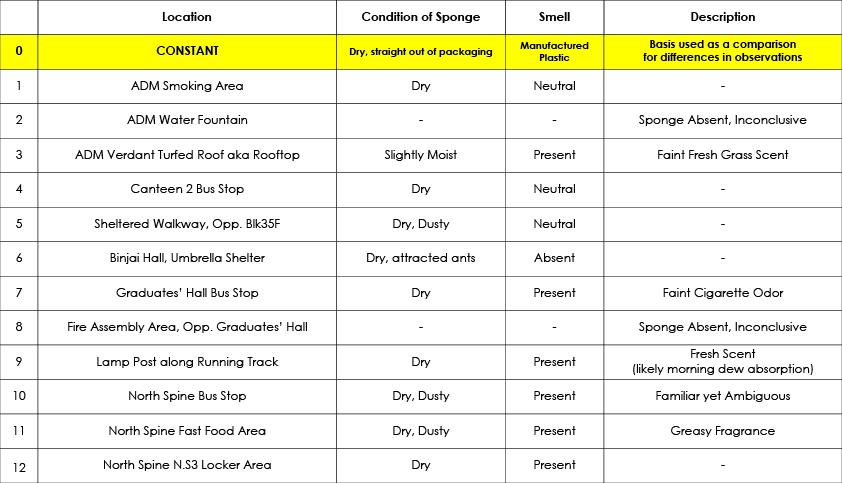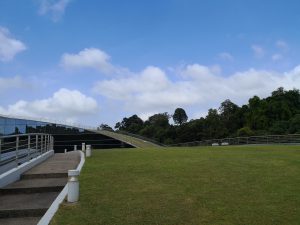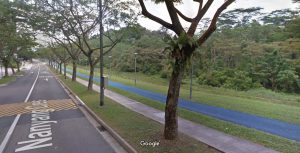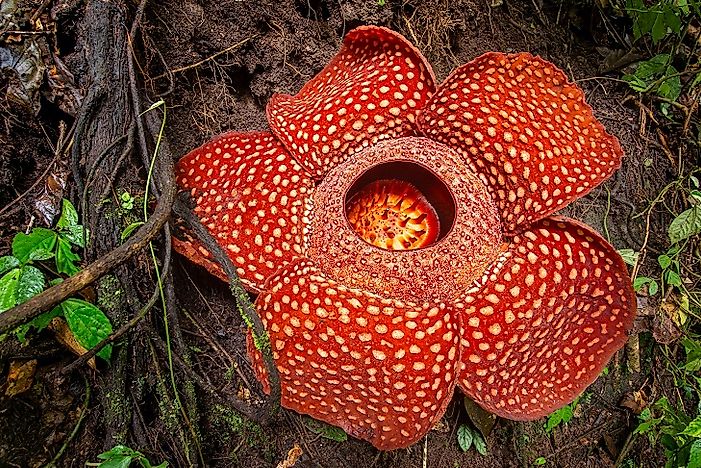” SMELL. “
by
Heng Tong x Hong Sheng
We have talked about the story behind our concept and what we would like to achieve in the end product for our project, we then went on to look at forms which suggests/ invites different modes of interaction with the artwork.
Previously Ker Siang suggested us to look at how air freshener bottles/ containers were designed, in such a way where it suggest olfactory element within the product.
Upon looking at them, we found that they do have a similar design language as to suggest olfactory element in the product.
One would be the organic form which resembles a flower(?) that they take on so as to convey the message of ‘fresh’ and nice smelling scents. This led us to ponder over the nature aspect of the brief, if we could introduce forms from certain plants/ flowers as an inspiration for the project.
Another design element some air fresheners have are holes as part of their design. This would easily communicate the idea that a product can give off a certain smell. Another practical reason for the holes is that without holes, particles would not be able to be dispersed into the air. We took this design element into our form consideration as we felt that without holes, there would not be exchange of particles and smell would not be effectively given off.
The last element of our observation is the colour selection. Air fresheners tend to utilize bright colours in their packaging as well as their actual olfactory product. We would say that the bright colours used are the colours that can be seen on plants and flowers, again suggesting the ‘fresh’ and nice smelling scents from nature.
Moving on, we went to look at how we can encourage people to approach the installation and interact with it.
Having Verner Panton’s work, Visiona 2, we want to steer the form of our installation to be ambiguous, yet functional at the same time. Having said that, our installation will not dictate any functions, instead we will let the users who interact with our installation dictate its function.
In order to allow the installation to ‘look’ ambiguous, we looked at structures which were made up of patterns. We thought that structural aesthetics will be able to maintain the installation’s ambiguity, and at the same time have space for people to interact with/ in it.
Above images are what we envision the structure of our installation could be. These structures give space for us to incorporate our smell absorbent materials in them, due to maintenance and sustainability considerations.
We also looked at how we would want to encourage people to touch and interact with out installations. As sponges can come in different shapes and sizes (we will look into suppliers or factories if they provide custom-made services), having them to be part of the installation would stand out from the under utilized space. With irregular shapes, people would want to touch and have the tactile experience. We are also looking into how we can mask our smell-absorbents underneath a thin piece of material, so that it can give a different tactile experience and at the same time absorbing smell.
To be continued.. …
